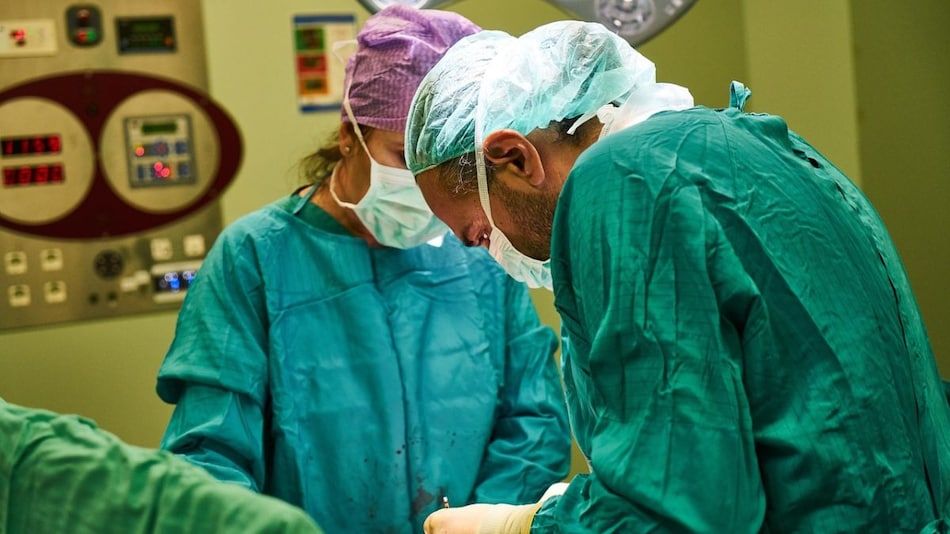Groundbreaking AI Tool FastGlioma Revolutionizes Brain Tumour Detection

A revolutionary artificial intelligence tool called FastGlioma has been developed by researchers from the University of Michigan and the University of California, San Francisco, enabling surgeons to detect residual brain tumours with unprecedented accuracy during surgery.
According to a recent study published in Nature, FastGlioma boasts an impressive detection rate of 92%, significantly outperforming traditional methods such as intraoperative MRI or fluorescent imaging agents. This innovation is set to transform neurosurgery by providing a faster and more reliable method for identifying cancerous tissue remnants.
Neurosurgeon Todd Hollon from the University of Michigan Health described FastGlioma as a "transformative diagnostic tool" that reduces reliance on cumbersome current methods, enabling surgeons to focus on patient care rather than complicated imaging procedures. The AI-powered tool is particularly effective in distinguishing between healthy brain tissue and residual tumours, a common challenge in neurosurgery.
FastGlioma's capabilities were evaluated in an international study involving 220 patients with low- or high-grade diffuse gliomas. Researchers found that the model successfully identified tumour infiltration rapidly and accurately, exceeding conventional methods' detection rates by a significant margin.
Co-senior author Shawn Hervey-Jumper from UCSF noted that FastGlioma enhances surgical precision while minimising the need for time-consuming procedures or agent-dependent imaging. The AI tool's adaptability across various tasks makes it an attractive solution for integrating into cancer surgery globally, where recommendations highlight the importance of leveraging AI in treatment approaches.
Researchers plan to expand the tool's application to other types of cancers, including lung, prostate, and breast tumours, without requiring extensive retraining. This could potentially revolutionise cancer treatment worldwide by providing surgeons with more accurate detection tools.
